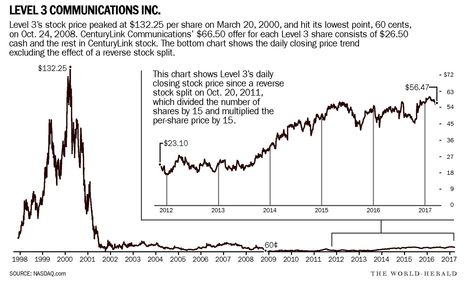(p. A15) A raft of studies in disciplines ranging from medicine to economics have yielded all sorts of data on the science of timing. Daniel Pink, an author who regularly applies behavioral science to the realm of work, has handily distilled the findings in “When: The Scientific Secrets of Perfect Timing.”
. . .
For a slim book, “When” brims with a surprising amount of insight and practical advice. In amiable, TED-talk-ready prose, Mr. Pink offers scheduling tips for everything from workouts to weddings. Exercise, for example, is best done in the morning for those who hope to lose weight, build strength and boost their mood through the day.
. . .
Moods are not the only things that shift every 24 hours. Our cognitive abilities also morph in foreseeable ways. We are often sharpest in the hours after waking up, which makes morning the best time to take exams or answer logic problems. Researchers analyzing four years of test results for two million Danish schoolchildren found that students consistently scored higher in mornings than afternoons.
For the full review, see:
Emily Bobrow. “BOOKSHELF; Hacking The Clock; Exercise in the morning if you want to lose weight. But if you want to perform at your physical peak, plan a workout for the afternoon.” The Wall Street Journal (Wednesday, Jan. 10, 2018): A15.
(Note: ellipses added.)
(Note: the online version of the review has the date Jan. 9, 2018, and has the title “BOOKSHELF; Review: Hacking The Clock; Exercise in the morning if you want to lose weight. But if you want to perform at your physical peak, plan a workout for the afternoon.”
The book under review, is:
Pink, Daniel H. When: The Scientific Secrets of Perfect Timing. New York: Riverhead Books, 2018.

